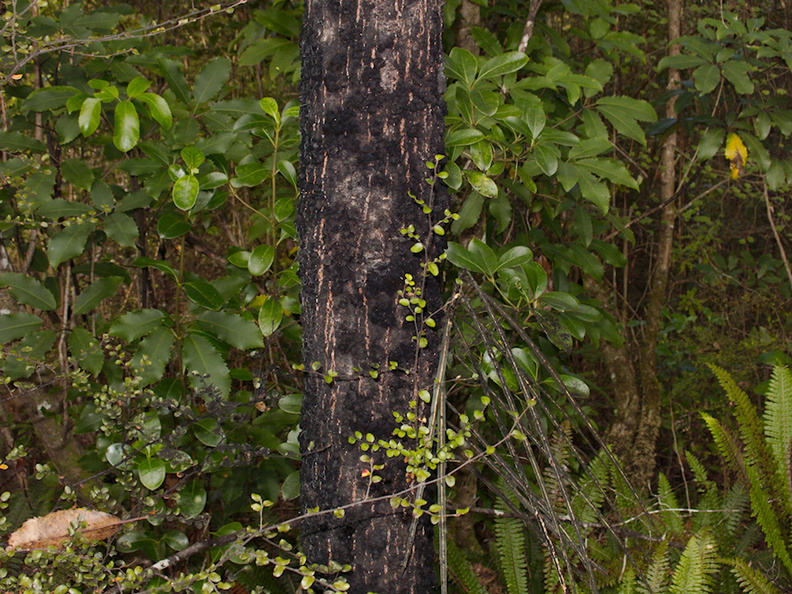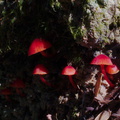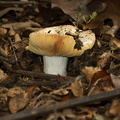Home / Fungi Lichens --Mushrooms /
Nothofagus-sp-black-bark-and-green-divaricating-sapling-Pelorus-campsite-2013-06-07-IMG 1144
8/25

A sooty mold causes the black color. It grows on the honeydew secreted by scale insects, which also feeds a whole suite of native (and now non-native) insects and animals.
- latitude
- -41.299686111111
- longitude
- 173.57111111111
- iptc_caption
- A sooty mold causes the black color. It grows on the honeydew secreted by scale insects, which also feeds a whole suite of native (and now non-native) insects and animals.

